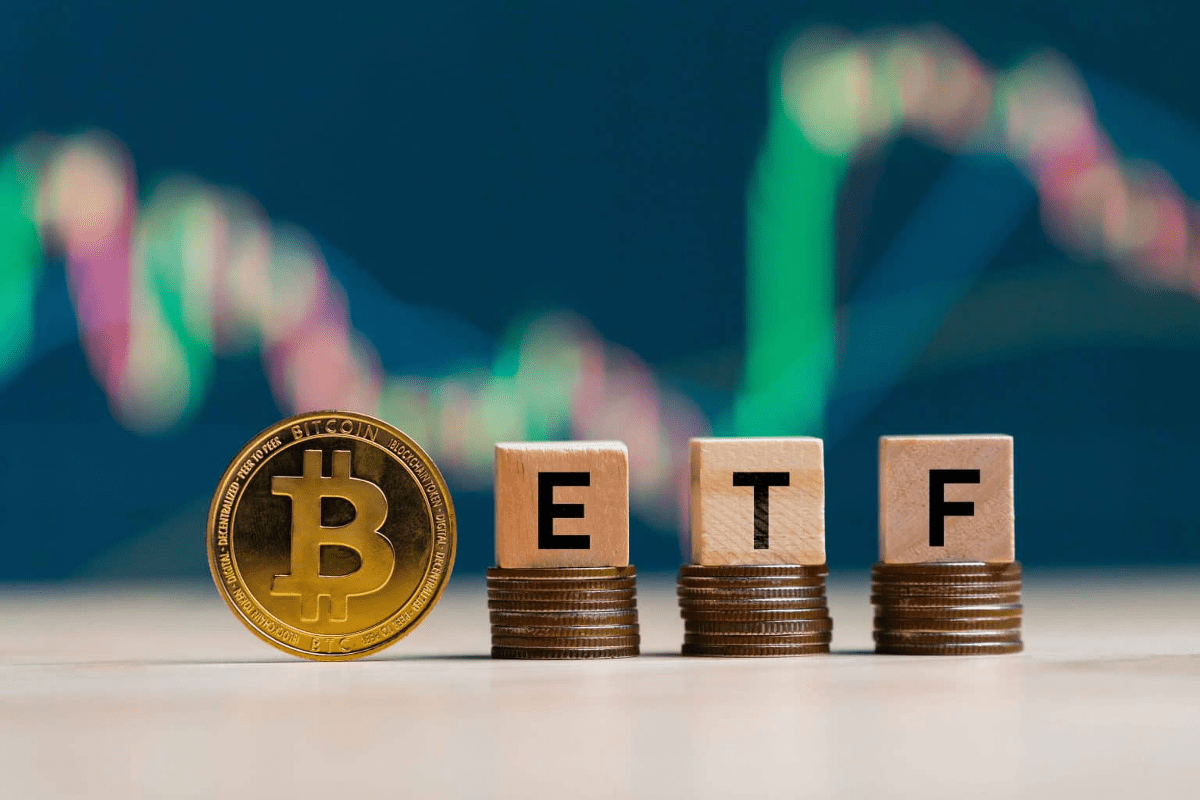Why has Blast become the biggest catfish of Layer2 this year, with over $200 million TVL captured in just 2 days?
Unveiling Blast How a Catfish Became Layer2's Largest Player in 2021, Amassing $200 Million in TVL Within 48 HoursAuthor: Haotian
Blasting at a speed of 2 days and 200 million+ TVL, it really makes the whole Layer2 market, which has been in a slump for months, tremble with fear, giving a feeling of “here comes the vampire.” Mission PUA, airdrop bait, Vitalik-style internal competition, and so on, with this blast, completely exposing the layer2’s shame and embarrassment. My view: @Blast_L2
Storming into layer2 may not guarantee its success, but it is definitely a great opportunity for the layer2 industry.
Why do I say this? If we reflect on the current situation of the layer2 industry from a macro perspective, it is not difficult to understand.
- Bitcoin Ecological Entrepreneurship Season Which Emerging Projects are Worth Paying Attention to?
- Bankless Binance lost, Crypto won
- Opinion Participating in L2 network Blast is a short-term speculative behavior with insufficient long-term appeal.
1) According to L2beat data, there are already more than 60 different layer2 projects, involving OP-rollup, ZK-rollup, Validium, Plasma, and other categories. But most of these projects are still in the stage of competing in technology architecture and narratives. The debate sparked by the OP-rollup and ZK-rollup ultimately resulted in the victory of ZK-rollup. This was followed by a wave of ZK-rollup solutions, each with its own characteristics.
Starknet led the way in open sourcing and decentralizing the Prover component, achieving maximum TPS of over 890,000. Scoll and Taiko, with their more compatible EVM, have gained popularity. zkSync has been praised for its hidden ERC4337 account abstraction experience, and the recently emerging narrative of zk+Plasma, among others.
Venture capitalists are busy as ever, and the community is always on the farming path. The layer2 market is experiencing an unprecedented boom in technological narratives. However, is this the end game for layer2 scalability?
2) Putting aside the technical factors and focusing on the ecosystem, Arbitrum and Optimism, the two outstanding OP-rollups, have overwhelming advantages in terms of ecosystem. Arbitrum boasts over 600+ ecosystem protocols and more than $7 billion TVL, while zkSync, seen as the ultimate rollup, has only reached $500 million TVL after more than six months of development.
Moreover, since the launch of self-made tokens, Arbitrum has not shown significant data growth. The meme season led by PEPE did not happen on layer2, and Bitcoin even wants to restart the fire and recreate the glory of layer2.
The entire Ethereum layer2 ecosystem has always been at a standstill, neither progressing nor declining.
The core reason is rarely discussed, and I think it is because Layer2 has not found a native application stimulus that is strongly inclined towards it. Pure financial applications, DeFi (DEX, lending, derivatives), the three driving forces that cannot drive the growth of the layer2 ecosystem.
Layer2 should attract long-tail mass adoption users who are sensitive to gas fees and user experience UX. If the goal is merely to relocate the already stable financial giants such as miners, farmers, scientists, and institutions from the mainnet.
Well, sorry, they care more about “security” than performance improvements. And the centralized security issues of the criticized layer2 Sequencer seem to have been quietly rationalized at some point. In contrast, ZK-rollup, which is more popular among technologists, has only increased the threshold for developers on the ZK circuit and has not introduced any killer applications that are non-ZK dependent.
With such a basic ecological foundation and no influx of large funds from the bull market, Layer2 is destined to be in a technically grand narrative, but awkward in terms of ecological implementation.
The market silently waits for the arrival of the Cancun upgrade, hoping for a significant breakthrough afterwards. Perhaps, unfortunately, Cancun EIP-4844 only makes some optimization changes in gas fees, which cannot directly drive the transition of the ecosystem.
3) Let’s take a look at the Stack strategy that the four kings are proud of. In terms of long-term narrative construction, layer2 modularizes core components such as Sequencer and Prover, and strengthens layer2 and layer3 multi-chains based on these shared components. This strategy is not wrong, but it always feels a bit rushed.
Take zkSync as an example. It’s slow to develop its own ecosystem, so it launched the zk-Stack strategy, making zkSync suddenly become part of the ecosystem applications. What a wise move, leaving everything to the developer community. The implicit message is that zk-stack development is slow, and zkSync as a model chain is already good, after all, it has a loyal LianGuaiy gas user base… (omitting a swear word %&**&*%).
Optimism, on the other hand, has built a strong argument for constructing a centralized Sequencer through Op-Stack. After all, sharing the Sequencer and building a Superchain with a committee governance approach is a valid way to compensate for the shortcomings of decentralization.
Therefore, the Stack strategy is actually a clever strategy that bypasses the various shortcomings of layer2’s current technology and ecosystem. It abstracts a forward-looking strategy. Looking at various Stack strategies now, besides adding some grand narratives and integrating scarce developer resources in the industry, C-end users cannot see immediate benefits.
That’s all.
Returning to the main point of view, in my opinion, saying that Blast entering layer2 is pure disruption is not an exaggeration.
In the short term, it will draw away the scarce liquidity that other layer2s already consider precious. In the long term, it allows a layer2 that urgently needs to be built to prematurely adopt a “lying down and earning” passive approach, which can be said to completely violate the original intention of layer2’s scaling ecology.
Blast is like the poison of LianGuairadigm’s web3 Tokenomics economics. Seeing the lifeless state of the layer2 ecosystem, it attempts to use a strong medicine.
From the perspective of building layer2, this starting point is wrong. No matter how high the TVL and how large the user base is, it is only the internal consumption of the stock market, and its individual success is not significant. However, from the perspective of industry disruptors, they must applaud it.
It can be anticipated that Blast’s disruption may have two direct impacts:
1) A wave of layer2 token issuance… Just imagine, if Blast draws away the majority of the market liquidity, what other options do the already obscure layer2 players like ZK-rollup have other than issuing tokens to stimulate user acquisition? Even if they are not in a hurry, the VCs that have invested heavily behind them will push hard;
2) Layer2 reshuffle, no need to say there are already too many layer2 in the market. After being torn apart, the layer2 industry will undoubtedly go through a process of accelerated reshuffling, with the strong prevailing over the weak. Especially for some quickly put together layer2 solutions, they will be forced to revert back to their original state, which will give the layer2 market a brand new perspective.
In summary, Blast may not bring about the same governance token DeFi Summer that Compound did for layer2, but it will at least accelerate the progress of the layer2 industry to the eve of Summer.
We will continue to update Blocking; if you have any questions or suggestions, please contact us!
Was this article helpful?
93 out of 132 found this helpful
Related articles
- From entering the market by selling houses to being forced out, reviewing CZ’s 6-year entrepreneurial history
- LianGuai Daily | Sam Altman to return to OpenAI as CEO; HTX and Heco cross-chain bridge under hacker attack
- Sending money and interest, how to play the new L2 Blast launched by the founder of Blur?
- A whopping $4.3 billion fine or will it force Binance to dump and sell coins? The newly appointed CEO boldly claims to have strong revenue and profits.
- After a rise of 120%, will there be a new momentum? Three charts explain the logic behind the Bitcoin bull market.
- How do lawyers view the $4.3 billion settlement case of Binance?
- MT Capital Research Report New Narrative of Asset Issuance, A Comprehensive Scan of the Inscription Track






